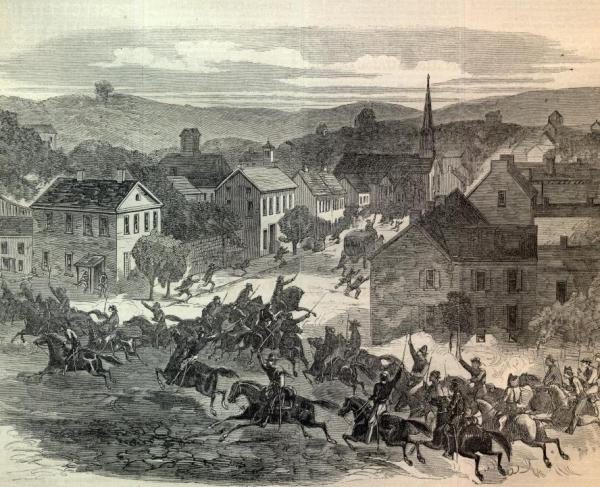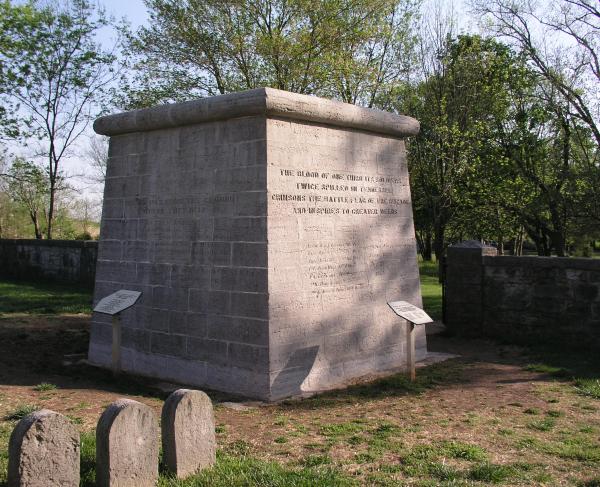Book: The Stones River and Tullahoma Campaigns
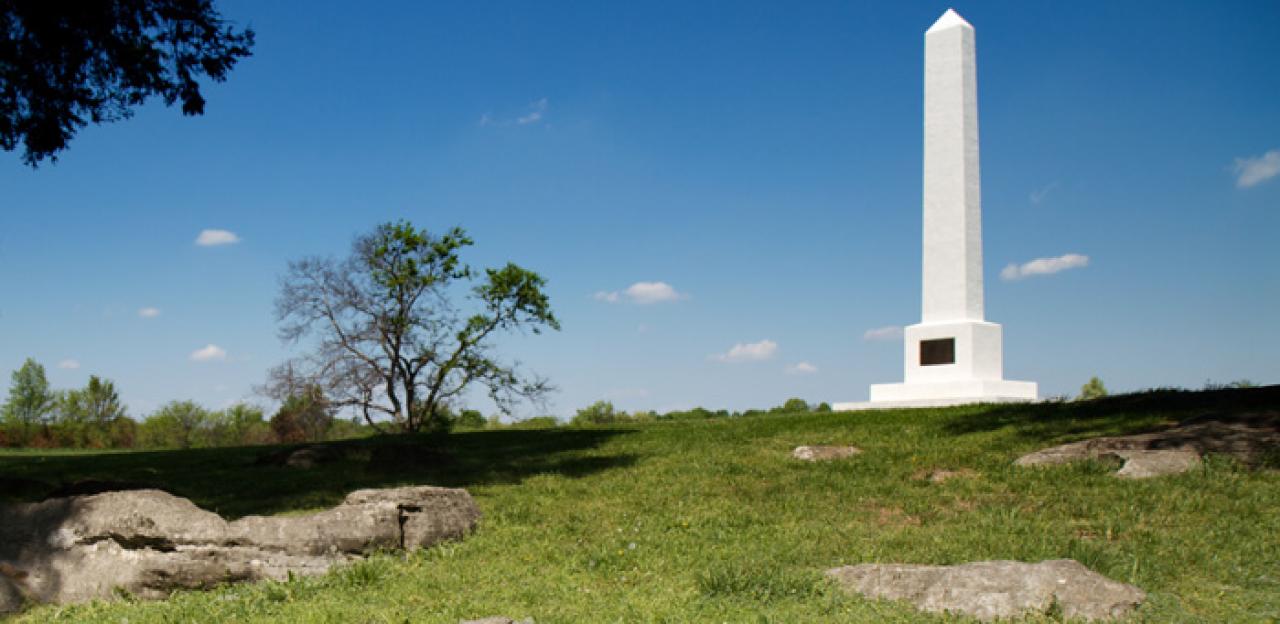
In 2011, the American Battlefield Trust had the opportunity to interview new author Christopher Kolakowski about his first book, The Civil War at Perryville: Battling for the Bluegrass. By interview’s end, Kolakowski — the Director of the General George Patton Museum in Fort Knox, Ky. — promised readers a sequel. With the release of The Stones River and Tullahoma Campaigns: This Army Does Not Retreat, the Fredericksburg, Va.-born historian and preservationist takes us back to the war’s Western Theater for a new and comprehensive look at one of its most major battles as well as a pair of critical campaigns. We had the chance to ask Kolakowski a few questions about this latest addition to his burgeoning bibliography earlier this year.
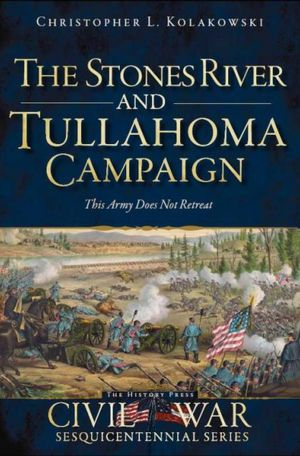
Civil War Trust: First Perryville, now Stones River and Tullahoma: Both of your books to date follow closely Horace Greeley’s famous call to “go West, young man.” As a Virginia native, what — or whom — do you credit for inspiring your interest in the Western Theater?
Chris Kolakowski: The most immediate answer is family. Even though I was born and raised in Virginia, my family roots are elsewhere. My mother's family first settled in Wisconsin in 1845 and 1870, while my father's parents came over from Europe to New York in 1945. I have two ancestors who served in the Department/Army of the Cumberland, one in the 21st Wisconsin and one in the 46th Wisconsin.
But family connections are not only why I'm interested in the Western Theater. As a teenager, I latched on to the battles in the West for their characters, drama, and stories of gallantry against high odds - such as at Stones River. I also came to appreciate their importance to the Civil War's outcome; indeed a study of the Western Theater operations often gives additional perspective and amplification to the war in the East.
In our previous interview, you mentioned that Perryville, Stones River, and Tullahoma are among your favorite Civil War sites to visit — which should now come as no surprise to your readers. Did your trips to these battlefields assist you as an author in writing about them? How did your experiences there most affect your perspective?
CK: Being able to visit the battlefields was critical to understanding what happened. As a writer and historian, I seek to use all available sources to help understand my subject; the places those events took place (such as battlefields, buildings, etc) are source documents as much as any written material. In the course of my research I made several site visits to the Stones River and Tullahoma areas of operation, to help refine my understanding of each campaign. In each case, simply driving a march route or walking an axis of attack gave me a grasp of the site and terrain that no map could ever fully convey.
Your second book picks up after Perryville, with Confederate Gen. Braxton Bragg leading his army back into Tennessee. How important were the Stones River and Tullahoma Campaigns to the war’s final outcome?
CK: The first and last word on Stones River's importance came from Lincoln in August 1863, when he wrote to Rosecrans that "I can never forget, whilst I remember anything, that about the end of last year and the beginning of this, you gave us a hard-earned victory, which, had there been a defeat instead, the nation could scarcely have lived over." Hindsight has diminished appreciation for the low ebb of Union fortunes in December 1862, especially with the failures outside Vicksburg and Fredericksburg. In the wake of several electoral reverses for Lincoln that fall and with emancipation set for January 1, 1863, serious political fissures had opened in the North. Rosecrans' victory buoyed Union spirits at a critical time, and directly impacted those debates in Lincoln's favor.
Tullahoma is often overlooked (even in 1863) in the shadow of the concurrent victories at Vicksburg and Gettysburg. Yet it ensured Federal control of Middle Tennessee and opened the door to Chattanooga, the gateway to the Confederate heartland. The four Union victories in early July 1863 (Gettysburg, Tullahoma, Vicksburg, and Port Hudson) collectively marked a major - some would say the major - turning point in the war.
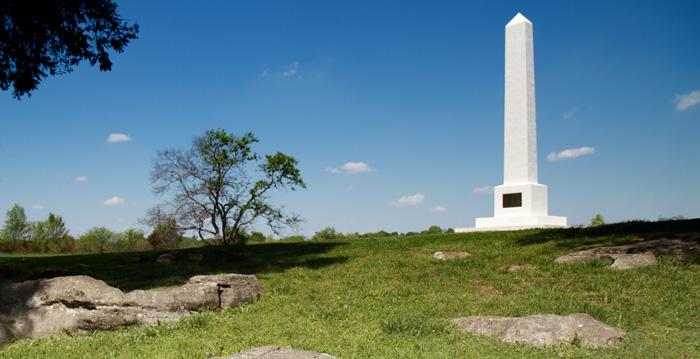
Stones River — or Murfreesboro — was a particularly bloody battle; to be sure, it resulted in the highest percentage of combat casualties of any major battle of the Civil War. Why do we not hear more about it? Do the Stones River and Tullahoma Campaigns deserve more attention from historians and Civil War enthusiasts than they have received to this point?
CK: That is a very good question, and yes, they do deserve more attention. Both campaigns were critical to the Union war effort in the West, and the Confederate failure to hold Middle Tennessee hastened the Confederate defeat. The duels between Rosecrans and Bragg are excellent examples of what we teach at the Patton Museum - that Leadership Makes The Difference between victory and defeat.
Unfortunately, both Stones River and Tullahoma also are complicated victories - the Union won by simply holding on longer at Stones River, and both armies soon faced controversies about the battle and operations (or lack thereof) in its aftermath. Tullahoma was an intricate chess game that lacked a big battle to stand alongside the momentous events simultaneously occurring elsewhere. Both campaigns also have been subsumed by the attention paid to the third duel between Rosecrans and Bragg at Chickamauga. Most people tend to view both generals and their armies through the prism of that last campaign, obscuring their previous records.
You’ve quoted Ed Bearss, who has called Perryville and Shiloh the two best-preserved Civil War battlefields in the country. How does Stones River compare?
CK: From a preservation perspective, Stones River is the tale of two battlefields - the land owned by the Park Service, and the privately-held areas outside the boundaries of Stones River National Battlefield. The land inside the park is well-preserved and looks like it did in 1862/63, while the park's new visitor center and ongoing interpretation upgrades really help people understand what happened. That said, the park only owns the areas of fighting from about 10 AM on December 31 onward - and even then there are some inholdings and areas along the Union flanks they do not have. Much of the rest of the battlefield, including all of McCook's initial positions and virtually the entire Confederate jump-off line, is privately held and developed or on the way to being so. In just the five months between last New Year's and this May 19, there have been a lot of changes to the area around the park. A couple of the photos in my book, especially where Sheridan fought along today's Medical Center Parkway, can no longer be taken.
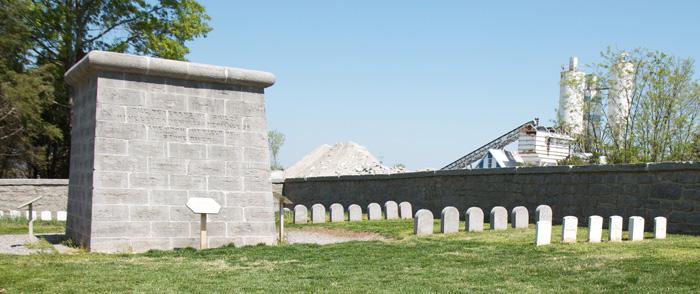
We know how heritage tourism benefits our communities — you see these benefits daily through your work at the General George Patton Museum of Leadership — but what does it mean for those making the journey? Why is it so important that we protect our battlefields and preserve our history for posterity?
CK: The real objects and places have power – the power of authenticity, which forges a connection. As an example, on May 19 this year I led a tour of Stones River for some college friends, none of whom had been there before. At the end one of them told me how he was struck by the gravity of the battlefield and the events that occurred there. This powerful connection cannot be obtained in the same way from a book, just like standing in front of the real Mona Lisa is different from seeing a print. We have General Patton’s pistols on display at the Patton Museum, and they convey a power that the reproductions (like the prop pistols used in the movie Patton, also in our collection) do not. History was made using these items and (in the case of Civil War battlefields) these places. Without the authentic items or places, history’s connective power is diminished or extinguished. Once lost, that power of authenticity cannot be recreated. I think this power is one reason so many people travel to Civil War sites each year, to try and capture that tangible connection to America’s defining conflict that only being in the presence of an object or place can give.
What one thing — one lesson, one reminder — do you hope Americans carry with them following the ongoing Civil War sesquicentennial?
CK: I took a group of senior Army leaders from Fort Knox to Perryville on May 16 of this year, and a couple of them asked me about the Civil War's relevance to today. My response was that the Civil War is the defining event in this country's history - to fully appreciate today's United States, we must understand the events of 1861-65. The war (and its outgrowths in the form of the 13th, 14th, and 15th Amendments) forever changed this country and shaped it to this day. I also made the point that 5,000 Hispanics served on both sides in the war (including Admiral D.G. Farragut and Lt. Col. Julius Garesche, killed at Stones River), and that the liberation of African-Americans in the Civil War ensured the freedoms for all races and sexes that exist today. Every person in the United States is affected by the Civil War, directly or indirectly, every day - something that should be remembered.
What’s next for you in your role as a Civil War historian? Is a third book in your future?
CK: To mark the war's sesquicentennial, the U.S. Army is publishing some short histories of the Civil War campaigns. These are similar books to those that had been done for the anniversaries of World War II and Korea. My volume on the Virginia 1862 campaigns (Shenandoah Valley, Peninsula/Seven Days, and Second Manassas) should be out this summer.
Buy the Book: "The Stones River and Tullahoma Campaigns" is available from our American Battlefield Trust-Amazon Bookstore
Christopher L. Kolakowski was born and raised in Fredericksburg, Va. He received his BA in History and Mass Communications from Emory & Henry College, and his MA in Public History from the State University of New York at Albany. Chris has spent his career interpreting and preserving American military history with the National Park Service, New York State government, the Rensselaer County (NY) Historical Society, the Civil War Trust, and the Army Reserve. From 2005-2008 Chris was Executive Director of the Perryville Enhancement Project; during his tenure he added 152 acres of critical battlefield land and increased Perryville's national profile. He has written and spoken on the Civil War, American Revolution, Napoleonic Wars, and both World Wars. In 2009 the History Press published his first book, "The Civil War at Perryville: Battling For the Bluegrass", and, in 2011, its sequel "The Stones River and Tullahoma Campaigns: This Army Does Not Retreat." Kolakowski currently serves as Director of the General George Patton Museum in Fort Knox, Ky. In 2012 the U.S. Army will publish his volume on the 1862 Virginia Campaigns as part of its sesquicentennial series on the Civil War.
Related Battles
12,906
11,739

